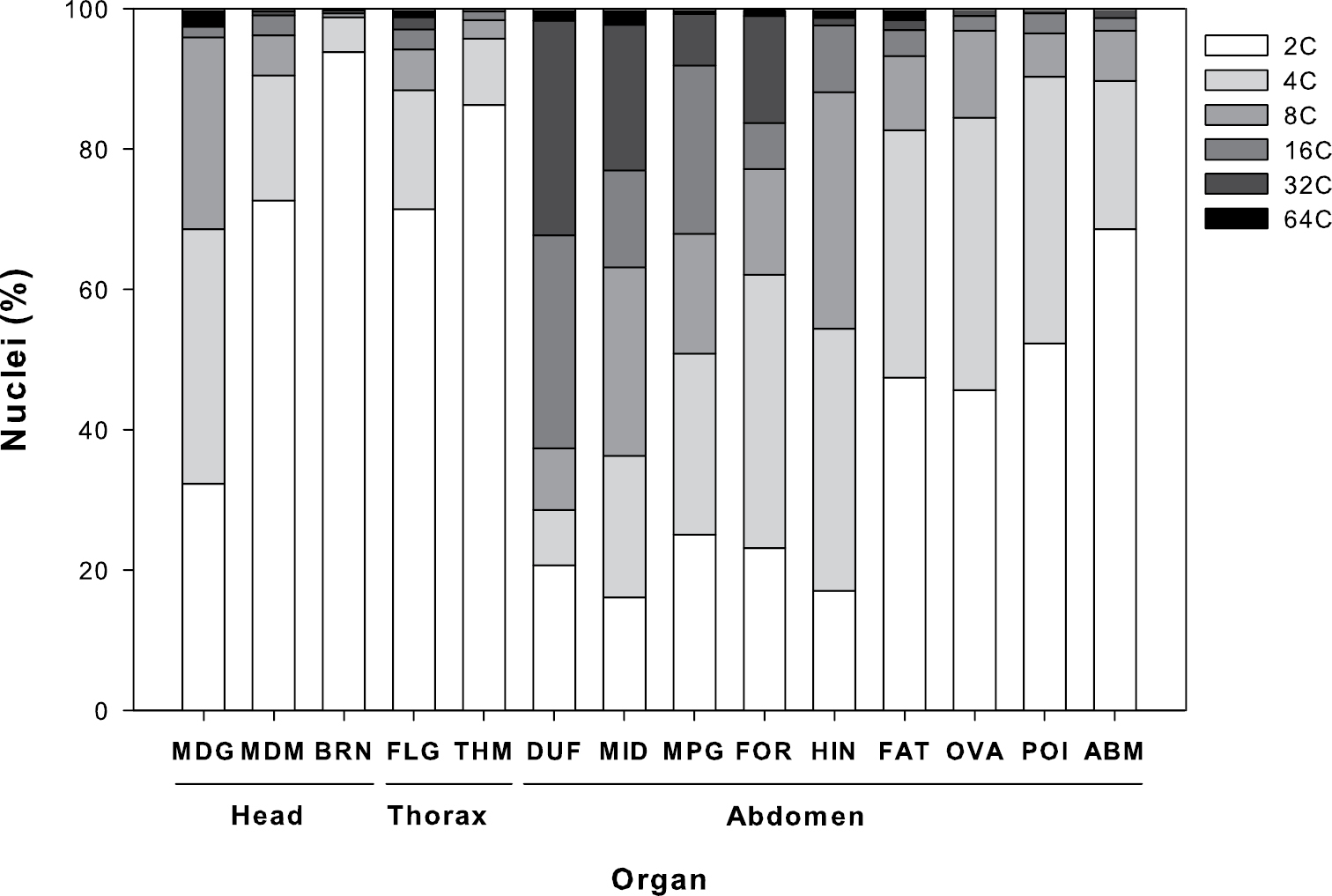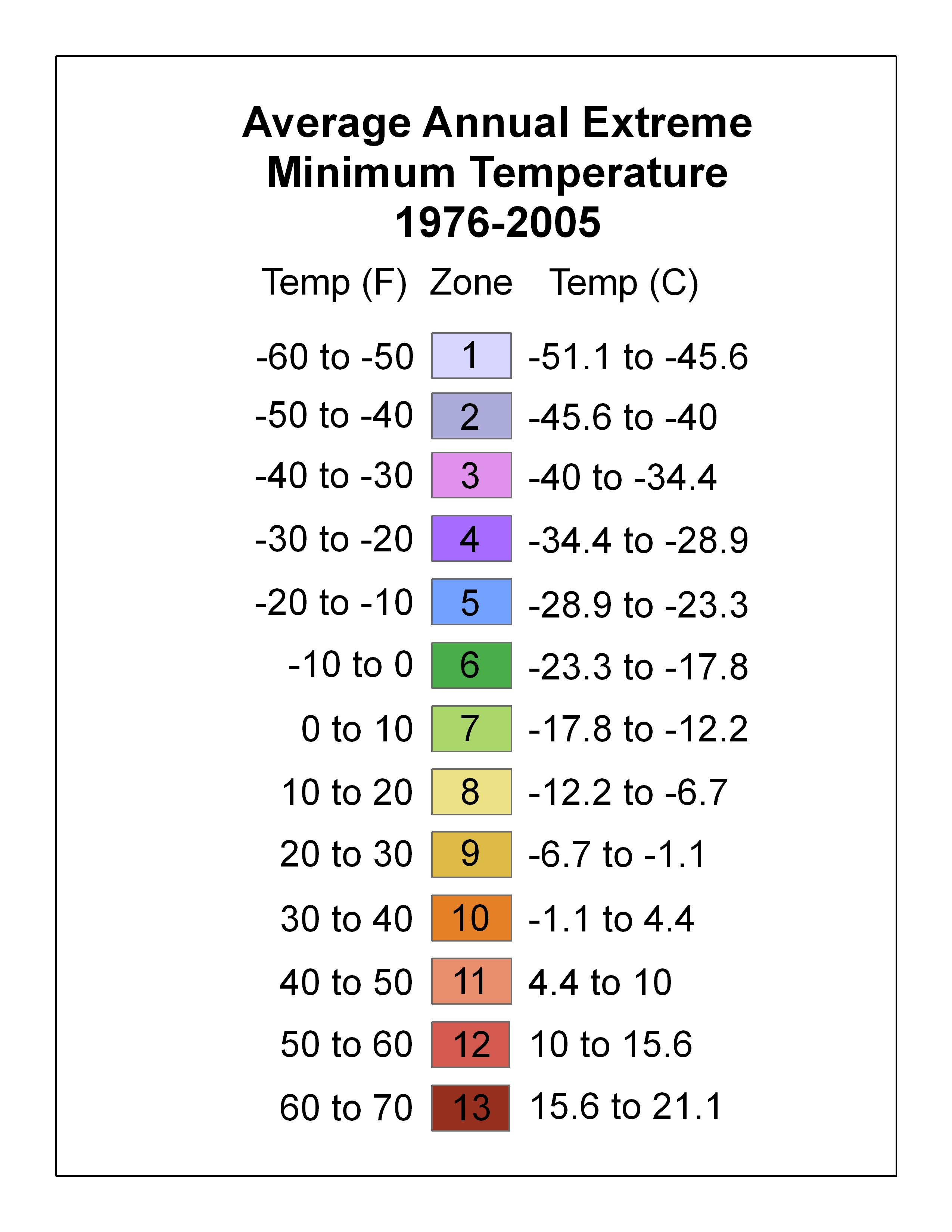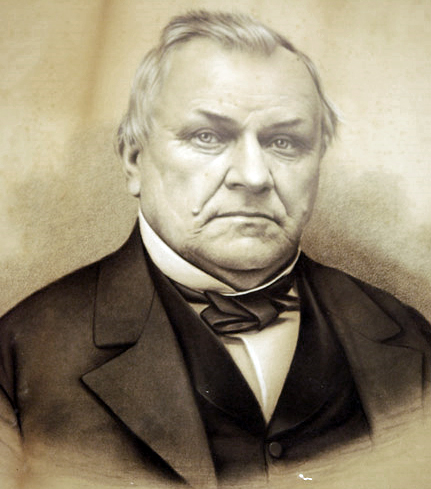|
Bluggoe
Bluggoe, Orinoco, ''Musa'' Orinoco, or burro is a cultivar of banana. Genome Bluggoe is a triploid ABB cultivar. Cultivation Bluggoe is a cold hardy banana, growing in USDA zones 810 or 710. Tree to tall. Width of leaves same dimensions. Flowers Pink to cream coloured. Fruit About long x diameter. It is primarily used as a cooking banana Cooking bananas are a group of banana cultivars in the genus ''Musa (genus), Musa'' whose fruits are generally used in cooking. They are not eaten raw and are generally starchy. Many cooking bananas are referred to as plantains or 'green bananas ..., but can be eaten as a dessert banana. References {{agriculture-stub Banana cultivars ... [...More Info...] [...Related Items...] OR: [Wikipedia] [Google] [Baidu] |
List Of Banana Cultivars
The following is a list of banana cultivars and the groups into which they are classified. Almost all modern cultivated varieties ( cultivars) of edible bananas and plantains are hybrids and polyploids of two wild, seeded banana species, '' Musa acuminata'' and '' Musa balbisiana''. Cultivated bananas are almost always seedless ( parthenocarpic) and hence sterile, so they are propagated vegetatively ( cloned). They are classified into groups according to a genome-based system introduced by Ernest Cheesman, Norman Simmonds, and Ken Shepherd, which indicates the degree of genetic inheritance from the two wild parents and the number of chromosomes ( ploidy). Cultivars derived from ''Musa acuminata'' are more likely to be used as dessert bananas, while those derived from ''Musa balbisiana'' and hybrids of the two are usually plantains or cooking bananas. Classification of cultivars Banana plants were originally classified by Linnaeus into two species, which he called ''Musa pa ... [...More Info...] [...Related Items...] OR: [Wikipedia] [Google] [Baidu] |
Institute Of Food And Agricultural Sciences
An institute is an organizational body created for a certain purpose. They are often research organisations (research institutes) created to do research on specific topics, or can also be a professional body. In some countries, institutes can be part of a university or other institutions of higher education, either as a group of departments or an autonomous educational institution without a traditional university status such as a "university institute", or institute of technology. In some countries, such as South Korea and India, private schools are sometimes referred to as institutes; also, in Spain, secondary schools are referred to as institutes. Historically, in some countries, institutes were educational units imparting vocational training and often incorporating libraries, also known as mechanics' institutes. The word "institute" comes from the Latin word ''institutum'' ("facility" or "habit"), in turn derived from ''instituere'' ("build", "create", "raise" or "edu ... [...More Info...] [...Related Items...] OR: [Wikipedia] [Google] [Baidu] |
Triploidy
Polyploidy is a condition in which the cells of an organism have more than two paired sets of ( homologous) chromosomes. Most species whose cells have nuclei (eukaryotes) are diploid, meaning they have two complete sets of chromosomes, one from each of two parents; each set contains the same number of chromosomes, and the chromosomes are joined in pairs of homologous chromosomes. However, some organisms are polyploid. Polyploidy is especially common in plants. Most eukaryotes have diploid somatic cells, but produce haploid gametes (eggs and sperm) by meiosis. A monoploid has only one set of chromosomes, and the term is usually only applied to cells or organisms that are normally diploid. Males of bees and other Hymenoptera, for example, are monoploid. Unlike animals, plants and multicellular algae have life cycles with two alternating multicellular generations. The gametophyte generation is haploid, and produces gametes by mitosis; the sporophyte generation is diploid and pro ... [...More Info...] [...Related Items...] OR: [Wikipedia] [Google] [Baidu] |
ABB (Musa)
ABB Group is a Swedish-Swiss multinational electrical engineering corporation. Incorporated in Switzerland as ABB Ltd., and headquartered in Zurich, it is dual-listed on the Nasdaq Nordic exchange in Stockholm, Sweden, and the SIX Swiss Exchange in Zurich. ABB was ranked 340th in the Fortune Global 500 list of 2020 and has been a global Fortune 500 company for 24 years. ABB was formed in 1988, when Sweden's Allmänna Svenska Elektriska Aktiebolaget (ASEA) and Switzerland's Brown, Boveri & Cie merged to create Asea Brown Boveri, later simplified to the initials ABB. Both companies were established in the late 1800s and grew into major electrical equipment manufacturers, a business in which ABB remains active. Its traditional core activities include power generation, transmission and distribution; industrial automation, and robotics. Between 1989 and 1999, the company was also active in the rolling stock manufacturing sector. Throughout the 1990s and 2000s, ABB acquired hundreds ... [...More Info...] [...Related Items...] OR: [Wikipedia] [Google] [Baidu] |
ProMusa
ProMusa was the name originally given to a global program on banana improvement set up bINIBAPin 1997. In 2007, it was restructured as a knowledge-sharing platform coordinated by Bioversity International. It was dissolved in 2021. History Promusa was created in 1997 by the World Bank and INIBAP as a global program to co-ordinate and improve research on banana improvement. Its aim was to increase interactions between pathologists and the world’s few banana breeders in order to maximize the outputs of breeding and accelerate the impact of banana improvement efforts. At the start, the program had five interlinked thematic working groups (Genetic Improvement, Fusarium wilt, Sigatoka diseases, Nematodes and Viruses), coordinated by a secretariat which was provided by INIBAP.Sharrock, S., Orjeda, G. and Frison, E.A. 1998ProMusa - a global programme for Musa improvement p.337-344. In: Galán Saúco, V. (ed.). Proceedings of First International Symposium on Banana in the Subtropics, ... [...More Info...] [...Related Items...] OR: [Wikipedia] [Google] [Baidu] |
USDA Zone
A hardiness zone is a geographic area defined as having a certain average annual minimum temperature, a factor relevant to the survival of many plants. In some systems other statistics are included in the calculations. The original and most widely used system, developed by the United States Department of Agriculture (USDA) as a rough guide for landscaping and gardening, defines 13 zones by long-term average annual extreme minimum temperatures. It has been adapted by and to other countries (such as Canada) in various forms. A plant may be described as "hardy to zone 10": this means that the plant can withstand a minimum temperature of . Unless otherwise specified, in American contexts "hardiness zone" or simply "zone" usually refers to the USDA scale. However, some confusion can exist in discussing buildings and HVAC, where "climate zone" can refer to the International Energy Conservation Code zones, where Zone 1 is warm and Zone 8 is cold. Other hardiness rating schemes have been ... [...More Info...] [...Related Items...] OR: [Wikipedia] [Google] [Baidu] |
Missouri Botanical Garden
The Missouri Botanical Garden is a botanical garden located at 4344 Shaw Boulevard in St. Louis, Missouri. It is also known informally as Shaw's Garden for founder and philanthropy, philanthropist Henry Shaw (philanthropist), Henry Shaw. Its herbarium, with more than 6.6 million specimens, is the second largest in North America, behind that of the New York Botanical Garden. Its Peter H. Raven Library contains 85% coverage of all literature ever published on systematic botany and plant taxonomy. The ''Index Herbariorum'' code assigned to the herbarium is MO and it is used when citing housed specimens. History The land that is currently the Missouri Botanical Garden was previously the land of businessman Henry Shaw. Founded in 1859, the Missouri Botanical Garden is one of the oldest botanical institutions in the United States and a National Historic Landmark. It is also listed in the National Register of Historic Places. In 1983, the botanical garden was added as the fourt ... [...More Info...] [...Related Items...] OR: [Wikipedia] [Google] [Baidu] |
Texas A&M College Of Agriculture And Life Sciences
The Texas A&M University College of Agriculture and Life Sciences (AgLifeSciences) is a college of Texas A&M University, a public land-grant research university in College Station, Texas. Agriculture and the Life Sciences have been part of the university since its founding in 1876 as the "Agricultural & Mechanical College of Texas." The college was formally recognized in 1911. A part of the land grant university system, the college offers more than 80 undergrad and grad degree programs across 15 departments. It is also one of the five organizations that comprise Texas A&M AgriLife. Academics and enrollment The college employs nearly 400 faculty members across 15 departments, with over 300 of those being full-time faculty. Those departments include: Agricultural Economics; Agricultural Leadership, Education & Communications; Animal Science; Biochemistry/Biophysics; Biological and Agricultural Engineering; Ecosystem Science and Management; Entomology; Horticultural Sciences; Nutri ... [...More Info...] [...Related Items...] OR: [Wikipedia] [Google] [Baidu] |
Cooking Banana
Cooking bananas are a group of banana cultivars in the genus ''Musa (genus), Musa'' whose fruits are generally used in cooking. They are not eaten raw and are generally starchy. Many cooking bananas are referred to as plantains or 'green bananas'. In botanical usage, the term "plantain" is used only for true plantains, while other starchy cultivars used for cooking are called "cooking bananas". True plantains are cooking cultivars belonging to the AAB group, while cooking bananas are any cooking cultivar belonging to the List of banana cultivars, AAB, AAA, ABB, or BBB groups. The currently accepted scientific name for all such cultivars in these groups is Musa × paradisiaca, ''Musa'' × ''paradisiaca''. Fe'i bananas (''Musa'' × ''troglodytarum'') from the Pacific Islands are often eaten roasted or boiled, and are thus informally referred to as "mountain plantains", but they do not belong to any of the species from which all modern banana cultivars are descended. Cooking bananas ... [...More Info...] [...Related Items...] OR: [Wikipedia] [Google] [Baidu] |
Dessert Banana
A banana is an elongated, edible fruit – botanically a berry – produced by several kinds of large treelike herbaceous flowering plants in the genus ''Musa''. In some countries, cooking bananas are called plantains, distinguishing them from dessert bananas. The fruit is variable in size, color and firmness, but is usually elongated and curved, with soft flesh rich in starch covered with a peel, which may have a variety of colors when ripe. It grows upward in clusters near the top of the plant. Almost all modern edible seedless ( parthenocarp) cultivated bananas come from two wild species – ''Musa acuminata'' and ''Musa balbisiana'', or hybrids of them. ''Musa'' species are native to tropical Indomalaya and Australia; they were probably domesticated in New Guinea. They are grown in 135 countries, primarily for their fruit, and to a lesser extent to make banana paper and textiles, while some are grown as ornamental plants. The world's largest producers of bananas in 2022 ... [...More Info...] [...Related Items...] OR: [Wikipedia] [Google] [Baidu] |
Purdue University
Purdue University is a Public university#United States, public Land-grant university, land-grant research university in West Lafayette, Indiana, United States, and the flagship campus of the Purdue University system. The university was founded in 1869 after Lafayette, Indiana, Lafayette businessman John Purdue donated land and money to establish a college of science, technology, and agriculture; the first classes were held on September 16, 1874. Purdue University is a member of the Association of American Universities and is Carnegie Classification of Institutions of Higher Education, classified among "R1: Doctoral Universities – Very high research activity". Purdue enrolls the largest student body of any individual university campus in Indiana, as well as the ninth-largest foreign student population of any university in the United States. The university is home to the oldest computer science Purdue University Department of Computer Science, program in the United States. Pur ... [...More Info...] [...Related Items...] OR: [Wikipedia] [Google] [Baidu] |







